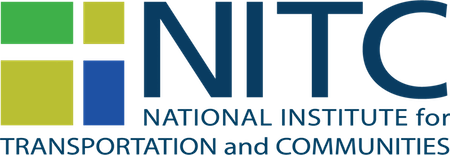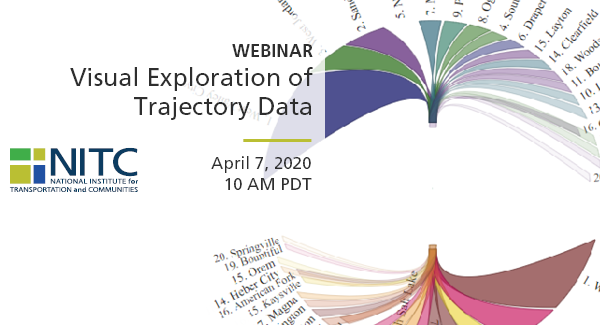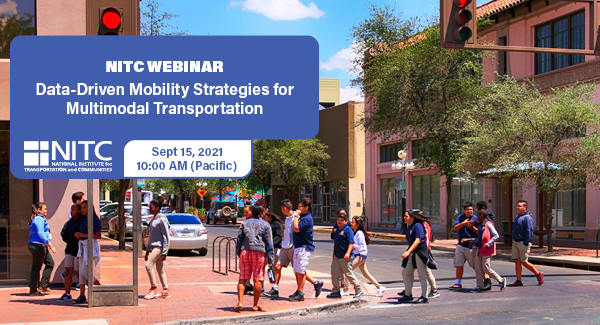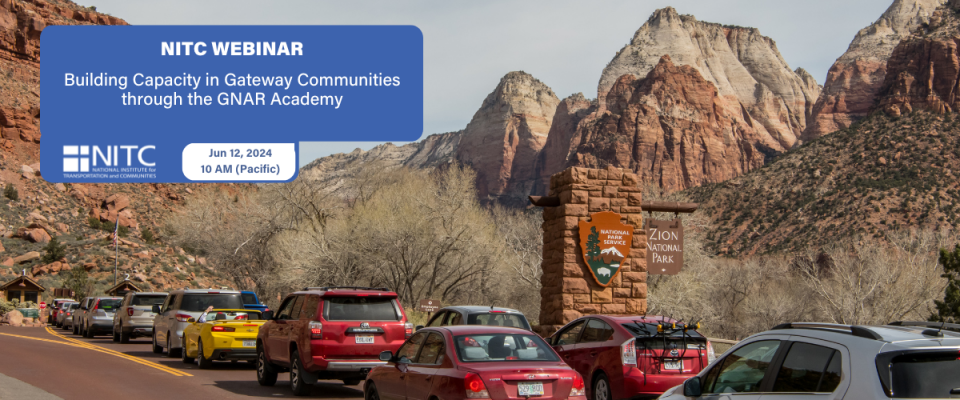PRESENTATION ARCHIVE
OVERVIEW
This webinar will demonstrate the tremendous value of GPS trajectory data in understanding statewide travel patterns and measuring performance. First, Dr. Markovic (U of Utah) will conduct visual exploration of GPS trajectories that capture about 3% of all the trips in Utah. He will briefly discuss the problem of scaling GPS trajectories to the population, and then focus on the use of scaled trajectories in computing origin-destination matrices, vehicle-hours delays, vehicle-miles traveled, and trip-based performance measures. Second, Dr. Franz (CATT Lab) will demonstrate a suite of visual analytics that enables transportation agencies to easily explore terabytes of GPS trajectory data. He will demonstrate different tools and share the experience of 5 state DOTs that are currently using CATT Lab's trajectory data suite.
KEY LEARNING OUTCOMES
- Trajectory data represents the most complete vehicle-probe data and provides unprecedented opportunity for transportation system analysis.
- Transportation agencies can easily leverage visual analytics to obtain insights in statewide traffic patterns and...



